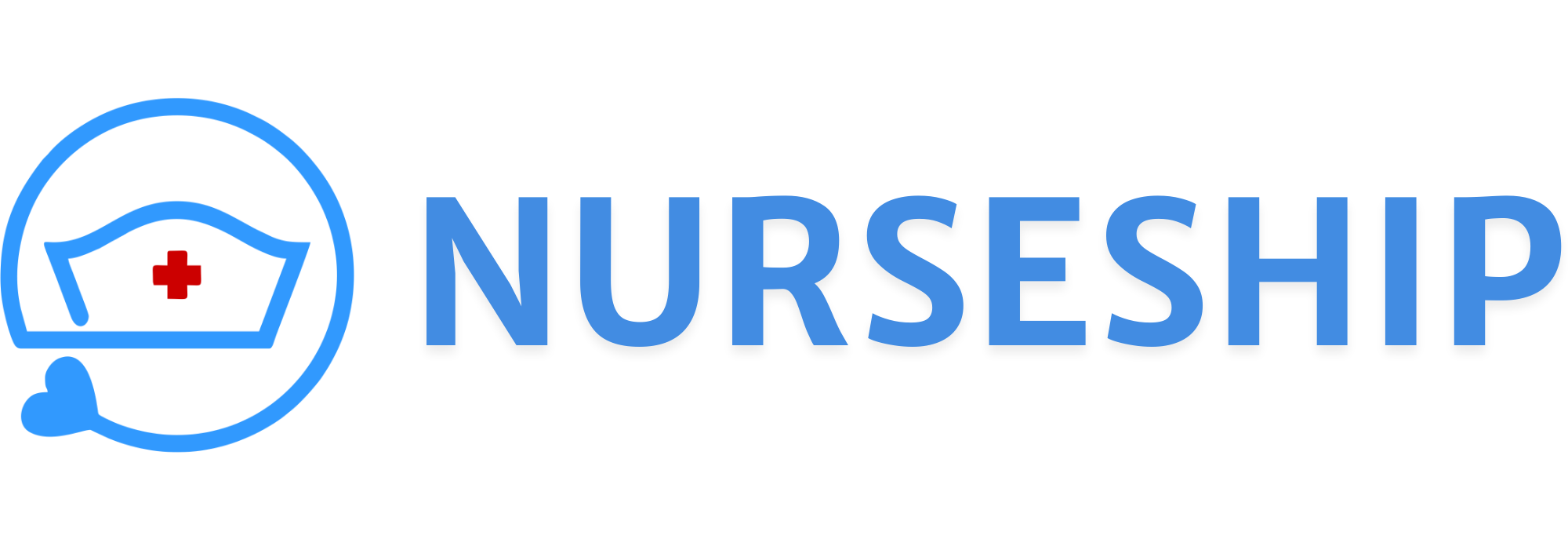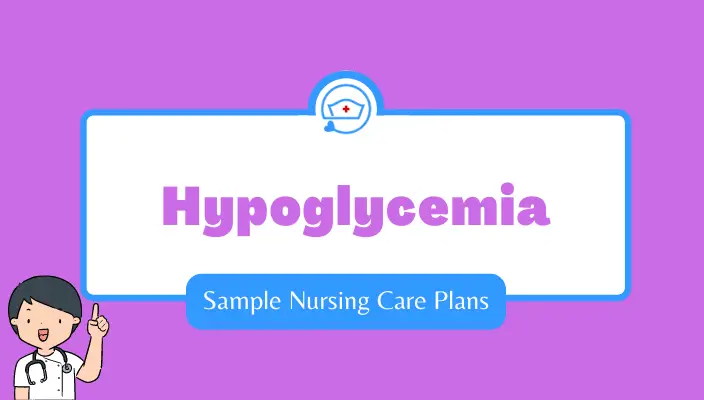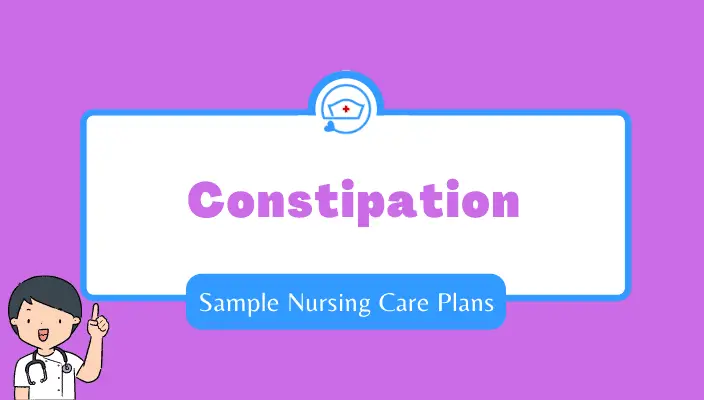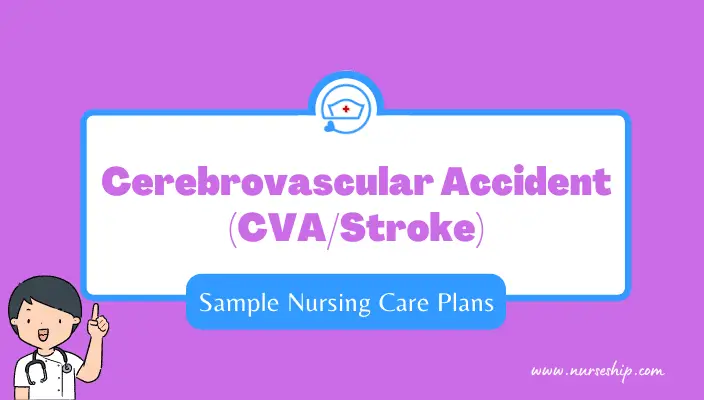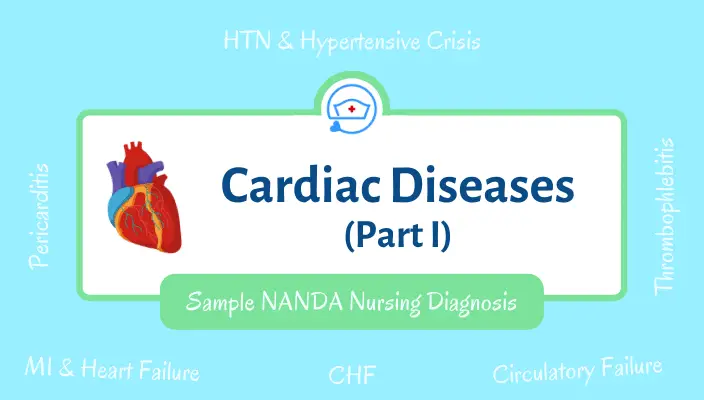Sample Nursing Care Plans for Hypoglycemia
In this post, we will formulate a scenario-based sample nursing care plan for hypoglycemia for an elderly patient with type-2 Diabetes Mellitus.
Hypoglycemia is a condition where the blood glucose level is lower than its normal level. A low blood glucose level can be life-threatening if not treated quickly.
Hypoglycemia – Case Scenario
A 65-year old male presents to the ED with nausea, fatigue, tremors, and palpitations. The patient complains of feeling dizzy and “foggy.” He has a past medical history of type-2 diabetes and hypertension. Last night the patient administered his nightly 15 units of long-acting insulin for a blood sugar of 102. He then skipped dinner and went to bed. When he woke up in the middle of the night with tremors and palpitations, he decided to call an ambulance. The patient verbalized that he was unaware of the implications of skipping a meal as a diabetic.
Upon assessment, the patient is noted to have a heart rate of 115 BPM, blood pressure of 132/85 (76), and oxygen saturation of 99%. The patient is alert and oriented x3 but slightly disoriented regarding the date and time. His lung sounds are clear and bowel sounds are hyperactive.
Upon fingerstick blood glucose the blood sugar is found to be 42 mg/dL.
The patient is admitted to the ED for Hypoglycemia.
#1 Sample Nursing Care Plan for Hypoglycemia – Risk for unstable blood glucose level
Nursing Assessment
Subjective Data:
- The patient reports feeling dizzy and fatigued
Objective Data:
- The patient has tremors and is slightly disoriented
- The patient’s heart rate is 115 BPM
- Blood sugar is 42 mg/dL
Nursing Diagnosis
Risk for unstable blood glucose level related to inadequate glucose supply as evidenced by dizziness, fatigue, and tachycardia.
Goal/Desired Outcome
Short-term goal: Following treatment, the patient will maintain a blood sugar level above 70 mg/dL for the duration of the shift
Long-term goal: The patient will resume his regular insulin regime and maintain a blood sugar level between 90-150 mg/dL
Nursing interventions for risk for unstable blood glucose level with rationales
| Nursing Interventions | Rationales |
| Administer 15-20g of glucose-containing foods or drinks, such as juice, milk, fruit, or glucose tablets | This will rapidly increase the blood glucose level |
| Check blood sugar in 15 minutes. If hypoglycemia persists, re-administer 15-20g of glucose | Occasionally 15-20g of glucose is not enough to sufficiently raise blood sugar levels. Especially with long-acting insulins, blood sugar levels can repeatedly drop |
| If the patient is unable to tolerate PO glucose, administer 25 g of 50% dextrose IV over 2-3 minutes | This will rapidly increase the blood glucose level in patients that are unconscious or unable to swallow |
| Once blood sugar is stabilized, encourage the patient to have a snack or a meal | This will help stabilize the blood sugar and further prevent hypoglycemia. It’s important not to eat a snack or meal before the blood sugar stabilizes because it can slow digestion and thus delay the recovery from hypoglycemia |
| Consult with the care team about restarting or adjusting the patient’s insulin regime | Holding insulin or other diabetes medications post-hypoglycemia can lead to rebound hyperglycemia |
#2 Sample Nursing Care Plan for Hypoglycemia – Risk for Injury
Nursing Assessment
Subjective Data:
- The patient reports feeling “foggy”
Objective Data:
- The patient is disoriented to date and time
Nursing Diagnosis
Risk for injury related to inadequate glucose supply as evidenced by dizziness and disorientation.
Goal/Desired Outcome
Short-term goal: The patient’s blood sugar returns to normal and the patient remains free from injury for the duration of the shift
Long-term goal: The patient remains free from long-term complications of hypoglycemia
Nursing interventions for hypoglycemia with rationales
| Nursing Interventions | Rationales |
| Educate the patient on the long-term consequences of hypoglycemia | Long-term side effects of hypoglycemia include coma, seizures, paralysis, and death |
| Educate the patient on carrying glucose tablets | Glucose tablets are a portable solution to have on hand in case of hypoglycemic emergencies |
| Perform a fall risk evaluation and enact the proper safety interventions | Dizziness and disorientation are high fall-risk factors. Interventions such as bed alarms, non-skid footwear, adequate lighting, and hourly checks, are helpful to prevent falls |
| Perform repeat neurological checks until baseline neurological status is reached | Hypoglycemia can cause severe neurological symptoms which can be permanent or fatal if blood sugar is not corrected |
#3 Sample Nursing Care Plan for Hypoglycemia – Lack of knowledge on diabetes management
Nursing Assessment
Subjective Data:
- The patient feels nauseous, dizzy, and “fuzzy”
Objective Data:
- Blood sugar is 42 mg/dL
- The patient verbalized unawareness of the fundamentals of a diabetic diet
Nursing Diagnosis
Lack of knowledge on diabetes management related to episodes of hypoglycemia as evidenced by unawareness about the implications of skipping a meal
Goal/Desired Outcome
Short-term goal: The patient will be able to verbalize by the end of the shift why skipping a meal as a diabetic can be dangerous
Long-term goal: The patient will eat a diabetic diet in conjunction with prescribed insulin and have no further episodes of hypoglycemia.
Nursing interventions for lack of knowledge with rationales
| Nursing Interventions | Rationales |
| Educate the patient on the importance of not skipping a meal | Eating 3 meals a day at regular times is the best way to utilize administered insulin. Skipping a meal, especially after the administration of insulin, can lead to an unsafe drop in blood sugar level |
| Educate the patient on the components of a diabetic diet | Ideally, a diabetic diet should be low in sugar and fat, with plenty of whole grains, fruits, and vegetables |
| Assess alcohol consumption | Alcohol consumption without food can cause hypoglycemia due to a lack of glycogen release from the liver |
| Educate patient on wearing a medical alert bracelet | In case of future hypoglycemia or unconsciousness, bystanders or medical personnel should be made aware of diabetes diagnosis |
| Familiarize patient with symptoms of hypoglycemia | Knowledge and awareness of symptoms of hypoglycemia can alert the patient to impending hypoglycemia in the future |
Conclusion
To conclude, hypoglycemia is a common problem among diabetic patients. As a nurse, you must quickly identify and treat appropriately for hypoglycemia.
Here we’ve created a hypothetical case scenario for hypoglycemia and formulated a comprehensive sample nursing care plan, including nursing assessment, NANDA nursing diagnosis, desired goal, and nursing interventions with rationales.
Reference
Ackley, B., Ladwig, G., Makic, M., Martinez-Kratz, M., & Zanotti, M. (2020). Nursing Diagnoses Handbook: An Evidence-based Guide to Planning Care (12th ed.). Elsevier.
Herdman, T., Kamitsuru, S. & Lopes, C. (2021). NURSING DIAGNOSES: Definitions and Classifications 2021-2023 (12th ed.). Thieme.
Swearingen, P. (2016). ALL-IN-ONE CARE PLANNING RESOURCE (4th ed.). Elsevier/Mosby.
